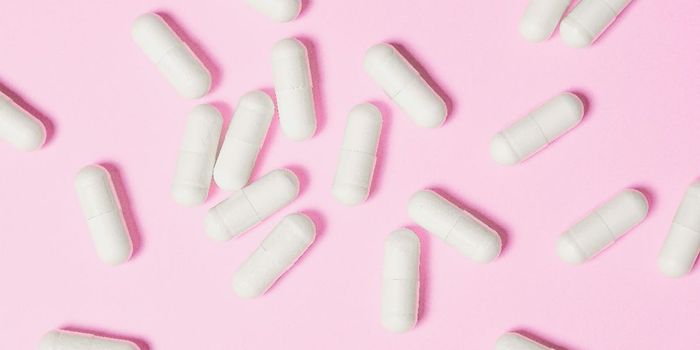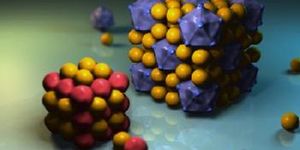Chemistry & Physics
Algorithms for Molecular Programming
DEC 17, 2013 12:00 AM PST
Share
Your Amazing Adjustable Heart
 The construction of any pump is important to get optimal performance-and the same is true for the most important pump you have, your heart. However, your heart has an amazing property that your average hardware-store pump does not. It partially adjusts to changes in the heart's collagen surroundings to try to keep your heartbeat near the optimal 60 beats per minute, according to University of Pennsylvania researchers. Their study, recently published in Current Biology, explored the collagen environment of the heart and its ability to maintain a standard heartbeat as the nature of the collagen framework changes.
The construction of any pump is important to get optimal performance-and the same is true for the most important pump you have, your heart. However, your heart has an amazing property that your average hardware-store pump does not. It partially adjusts to changes in the heart's collagen surroundings to try to keep your heartbeat near the optimal 60 beats per minute, according to University of Pennsylvania researchers. Their study, recently published in Current Biology, explored the collagen environment of the heart and its ability to maintain a standard heartbeat as the nature of the collagen framework changes. With apologies to Goldilocks, the heart is optimized in a collagen framework that is not too hard or too soft, but "just right." If it's too soft, there isn't enough force generated to pump blood; if it's too hard the strain on the heart is excessive and the heart will stop beating. Understanding the effects of an altered collagen environment can lead to improved treatment plans after a heart attack, since the subsequent scarring in the area will stiffen collagen.
To test the effects of both high and low levels of stiffness in the collagen matrix, the researchers used embryonic-stage chicken hearts (as they are reasonably similar to human hearts). The collagen surrounding the hearts was either softened or stiffened via chemical treatment, and resulting differences in heartbeats were measured by observing cells with fluorescent markers through a microscope. In either case, the heartbeats were decreased.
When comparing the embryonic hearts at different stages in the growth cycle, the optimum stiffness for the collagen matrix increased. Effectively, as the heart matures, the surrounding collagen stiffens, and the heart is adjusting other factors to match the needed force and maintain the optimum heartbeat-turning up the dial on the pump, so to speak.
This effect is achieved through myosin-proteins that contract the heart muscle and produce the pumping action. As the collagen framework stiffens during the maturation process of the heart, the concentration of myosin increases accordingly. This matches the contracting force needed to keep blood pumping at a normal rate and keeps everything "just right".
Further research showed that the same mechanism works on an individual cell level, and did so with heart cells derived from stem cells (as well as a standard heart cell). This has implications for treatment of damaged heart tissue. It may be possible in the future to grow replacement heart tissue from stem cells in a media optimized for the correct stiffness, and replace only the damaged tissue in those who have suffered a heart attack. This, in turn, puts less strain on the previously damaged heart and should decrease the risk of further damage.
To reach this point, scientists need a more comprehensive understanding of the heart's reaction to manipulation of the collagen framework. Since the heart is always attempting to find that "just right" balance of forces to keep blood pumping at a normal rate, it's important to make sure there are not unintended consequences of altering the stiffness of surrounding tissue. In other words, do the adjustment mechanisms of the developing heart still apply to a fully developed heart that has suffered tissue damage from a heart attack? Are there subtle differences in the mechanisms? These questions have yet to be fully answered, but the research to date shows promise for future treatment options.
You May Also Like
Loading Comments...








